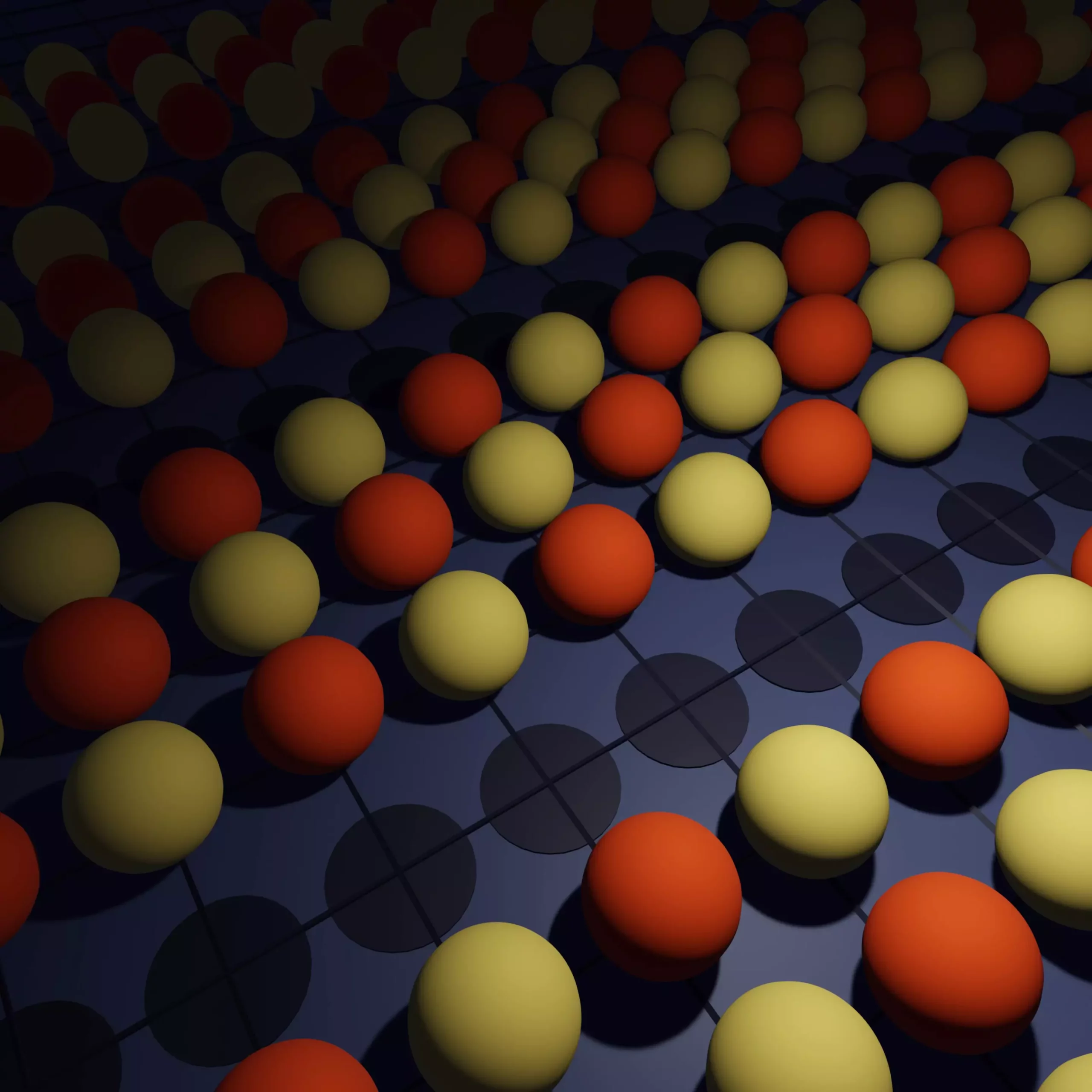Within the realm of quantum physics, few phenomena have captured the imagination of researchers quite like the pseudogap. This elusive state, intricately linked to superconductivity, has long puzzled scientists striving to uncover its nature and implications. Recent breakthroughs employing advanced computational strategies have ushered in a new understanding of this phenomenon, fundamentally reshaping the landscape of condensed matter physics. This article examines the importance of the pseudogap, its connection to high-temperature superconductivity, and the cutting-edge computational methods that have facilitated this new understanding.
The ultimate quest within superconductivity research is to attain room-temperature superconductors, materials that can conduct electricity without resistance at more accessible temperatures. Achieving this ambitious goal could revolutionize numerous fields, from efficient power transmission to the development of advanced technologies such as rapid MRI machines and fast levitating trains. Currently, several materials, particularly those based on copper and oxygen, exhibit superconductivity at temperatures significantly below zero degrees Celsius but warmer than the coldest reaches of absolute zero. However, these materials transition into a state characterized by the pseudogap as temperature increases — a state where their electrical behavior becomes elusive and variable.
Despite years of intense study, the pseudogap has remained a complex layering of behaviors wherein materials sometimes display characteristics akin to conventional metals and at other times take on properties reminiscent of semiconductors. Importantly, it manifests in all so-called high-temperature superconductors, but the underlying mechanics of how and why this state appears, as well as whether it persists as temperatures approach absolute zero, have eluded researchers until recently.
By building upon the foundational work of researchers like Antoine Georges, who leads the Flatiron Institute’s Center for Computational Quantum Physics, the latest findings enhance our comprehension of the pseudogap state. Georges likens the previous understanding to a fog-enshrouded landscape, where only certain features were visible. The recent work offers a clearer vision, revealing a more detailed and comprehensive picture of the phenomena at play.
Studying phenomena like the pseudogap is inherently complex due to the unique nature of quantum entanglement. Under these conditions, electrons can no longer be treated as independent particles. Instead, their states become intertwined, creating insurmountable challenges when attempting to analyze large systems. Traditionally, computational methods struggled to keep pace with the scaling of electron interactions, making precise simulations nearly impossible for large particle sets.
To navigate this computational labyrinth, researchers have employed various models, with one of the most notable being the Hubbard model. This theoretical framework allows scientists to represent electron interactions within a structured format, akin to a chessboard where electrons occupy squares based on specific rules governing their spins and interactions. Despite being a powerful tool, the Hubbard model struggles particularly in the challenging intermediate temperature regime that is crucial for exploring the pseudogap.
The breakthrough that has rejuvenated interest in understanding the pseudogap is the application of the diagrammatic Monte Carlo algorithm, which adeptly handles the intermediate temperature regime. Unlike previous methods that utilize randomness to model small areas, diagrammatic Monte Carlo can theoretically simulate interactions across an entire system of particles simultaneously. This represents a substantial leap forward in resolving the complexities related to the pseudogap.
The team’s work with this new algorithm unveiled key insights about how pseudogap materials behave as temperatures approach absolute zero. Insights revealed that certain electron arrangements—like the emergence of stripes, a phenomenon where electrons align in organized rows—occur as the system cools, providing clarity on what happens within these materials in various states of temperature.
The findings surrounding the pseudogap matter not just for the theoretical understanding of superconductors but also for practical applications. As the interplay between theory and experimental physics continues to deepen, particularly in areas such as ultracold atomic simulations, researchers are poised to explore realms that were once deemed inaccessible. This work encapsulates a broader collaborative effort within the scientific community, emphasizing the importance of integrating computational approaches to unravel the nuances of complex quantum materials.
The recent advancements in understanding the pseudogap underscore a pivotal moment in quantum physics—one that promises to lead to new discoveries and applications that could ultimately transform our daily lives. The fog is indeed dissipating, revealing clearer pathways toward revolutionary technologies and a deeper comprehension of the quantum world.


Leave a Reply